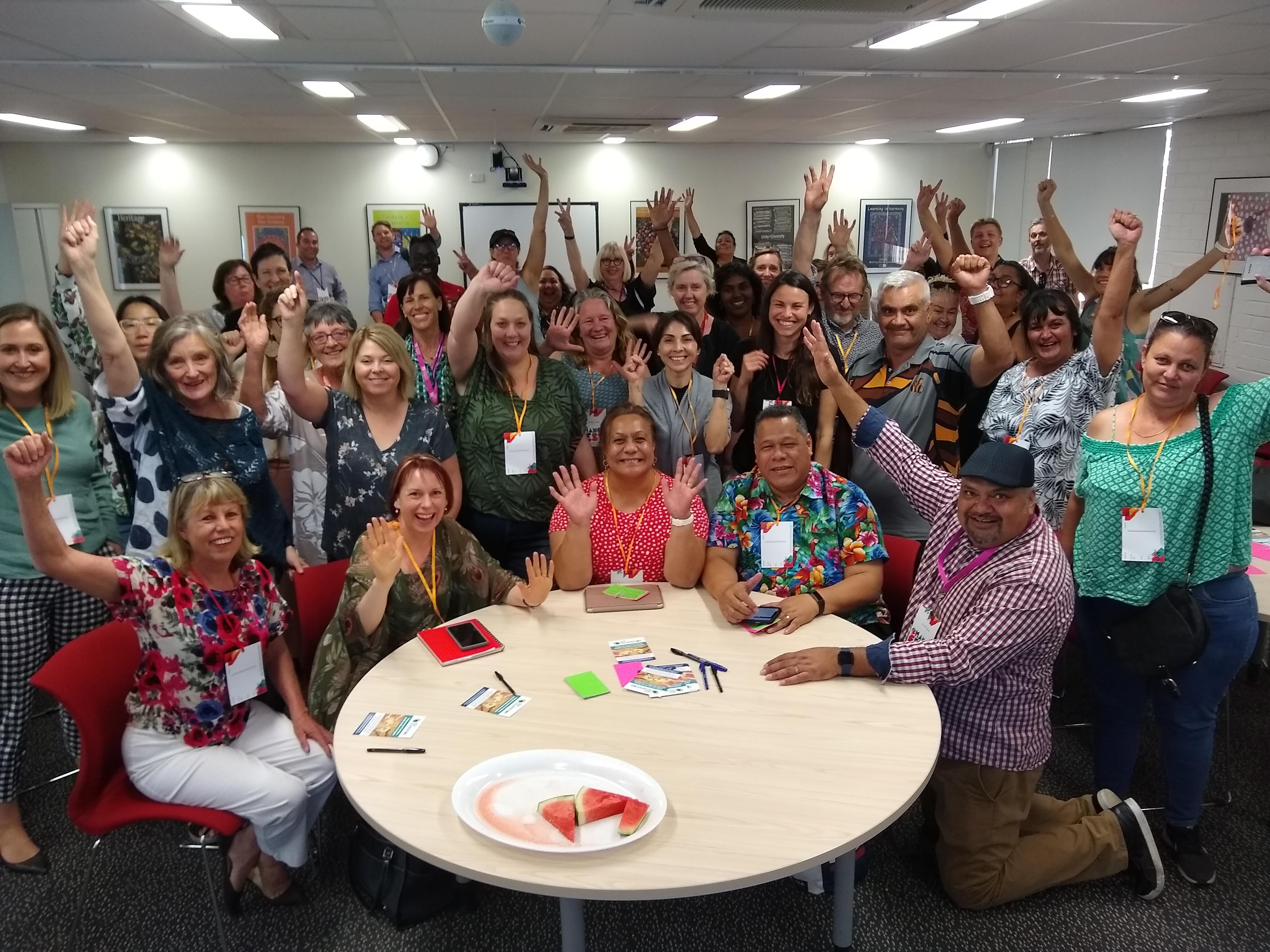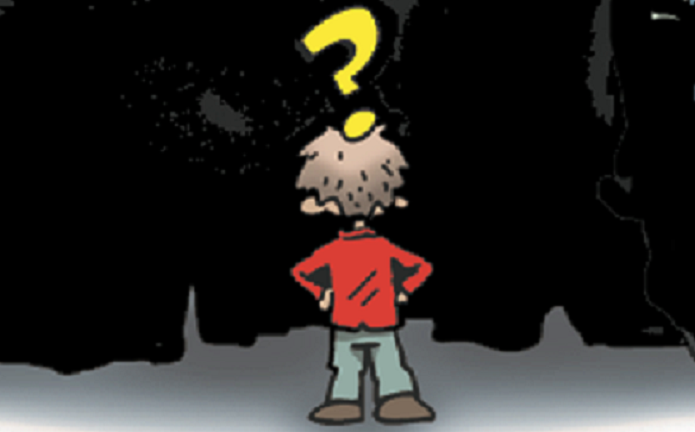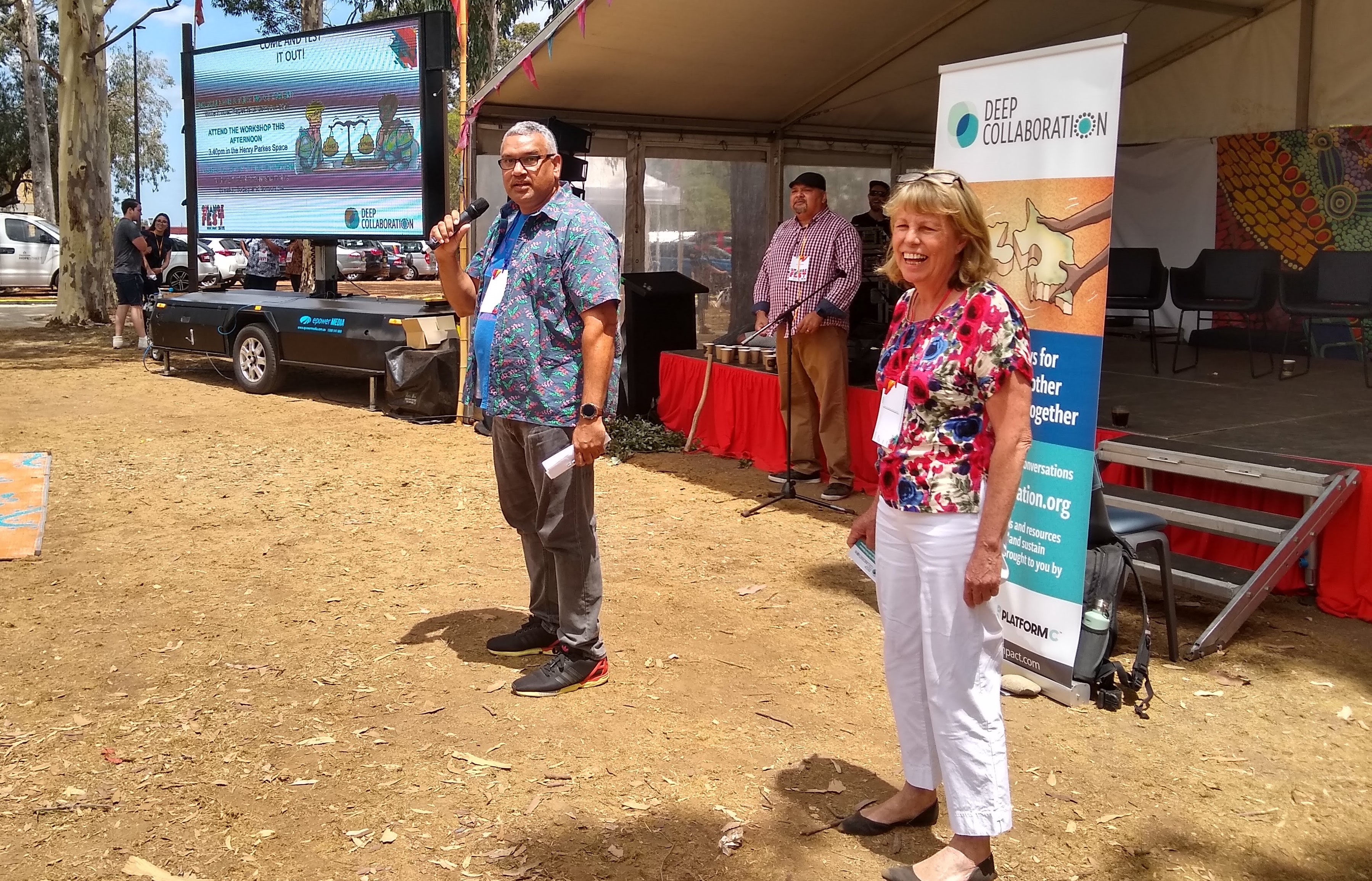4: Collaboration & Power Dynamics
On This Page
After you have understood and identified the key roles and behaviours that arise in Deep Collaboration, you are equipped to respond as they occur.
This section looks at some of the additional skills required for this, including sorting, leading with questions, deep listening and various techniques for facilitating roles and group dynamics.
Discuss
Remember our shared values and purpose – be the anchor
Remembering and bringing the group back to our shared vision for what we want to create can lift us out of conflict over details.
Strategies to notice and name dynamics in the moment
Grant and Liz discuss how you can name dynamics as they appear in your collaboration.
Identify and name early wins
Look for early wins to demonstrate that working in deep collaboration can achieve outcomes and impact that would be impossible to achieve by working alone.

Work with neutrality
The most essential facilitation skill to foster or develop competency in, is working with neutrality. You cannot hold the trust of the group, if you aren’t able to take a neutral position.
Whilst none of us are completely neutral (we bring our own worldviews, agendas and interests to any collaboration) it is vitally important we can set our views aside in the moment to be able to facilitate from a neutral place. See Fostering Neutrality Sheet.
Strategies for staying neutral as a facilitator
It can be hard to stay neutral as a facilitator, particularly when we care deeply about the content. Yet it is vital for the shared trust in the group. Mark, Jane and Grant discuss different strategies for staying neutral when you're facilitating.
Work on the hurt
Feeling misunderstood, unjustly treated, and criticized is painful. It takes a lot of self-awareness, compassion and skill to handle being attacked or feeling attacked by someone else’s words or actions.
Reflecting on this as part of the current role you represent in the group and keeping it separate from your worth as a person can help in dealing with the issues on the table.
Being compassionate with yourself and others, and re-connecting to something bigger – such as shared values, purpose and language is also useful here if you feel stuck.
How do we work on the hurt when we feel attacked?
Feeling 'attacked' is painful, and unless we process it we will be unable to move forward in a sustainable and safe way. Mark, Jane and Grant discuss ways to work on the hurt.
Skills
1
Lead with questions
Avoid jumping straight into action or solving problems. Take time to understand the range of perspectives in the group.
Ask questions to test your understanding. The more authority you have the more important it is to hold back and not start offering your version of solutions.

2
Deep Listening
Listen for the "song beneath the words" setting aside convictions to see what is really there. Understand what information you are getting from body language, eye contact, energy, emotions.
Consider what is not being said or what is being avoided. Notice what you are paying attention to - is it the view that you agree with or the one that challenges you? Sometimes being an ‘expert’ can make deep listening harder.
Deep Listening
What does 'Deep Listening' mean? Mark, Jane and Grant discuss what it means in the context of our collaborations.
3
Sort the issues
Establish what people in the collaboration want to discuss. Sort out the important issues by noticing which items elicit strong responses.
Start with the issue that has the highest level of group interest and energy. Appreciate, thank and reassure others that their issue won’t be forgotten. When issues are acknowledged interruption or sabotage is less likely.

4
Notice and work with roles
Understand what roles are present and what ghost roles are present but hidden.
For example, a feeling or accusation that we don’t have the right credentials to do the cross-cultural work of Deep Collaboration is influenced by the ghost role of ‘the incompetent one’.
Understanding this role requires us to notice, name and then speak from the role of ‘the incompetent one’. For example: ‘I don’t know what to do, do others feel this way? It feels like we could be at the edge of what we know here’.
When a strong position is taken up, encourage reflection on the opposite role. Get another person to speak to the opposite role and take turns.
Encourage fluidity (switching/moving) in roles or positions to fully understand the collaboration as a whole. Understand your tolerance for conflict and your ability to hold your own authority.
Moving between different roles
Jane and Mark discuss how you can name roles in the moment and switch between different roles.
5
Turn the heat up or down
Turn the heat up, if the collaboration is stuck and has gone into its comfort zone. Develop skills to hold the balance of productive conflict.
Turn the heat down, if the conflict rises and the conversation stops becoming productive, develop skills to intervene to ensure learning still happens. Pace the work by gauging how much disturbance the collaboration can withstand.
Step back, listen and watch the patterns of behaviour. Identify when people are able to experiment and when they revert back to status quo.
When the heat is too high, help the collaboration to do some technical work together to work on trust and get some early wins. Chunk the work into small steps and sequence the work slowly. See Learning to Turn the Heat Up or Down

Tools
Strategies to notice and name dynamics in the moment
Grant and Liz discuss how you can name dynamics as they appear in your collaboration.
Strategies for staying neutral as a facilitator
It can be hard to stay neutral as a facilitator, particularly when we care deeply about the content.
How do we work on the hurt when we feel attacked?
Feeling 'attacked' is painful, and unless we process it we will be unable to move forward in a sustainable and safe way. Mark, Jane and Grant discuss ways to work on the hurt.
Deep Listening
What does 'Deep Listening' mean? Mark, Jane and Grant discuss what it means in the context of our collaborations.
Moving between different roles
Jane and Mark discuss how you can name roles in the moment and switch between different roles.


